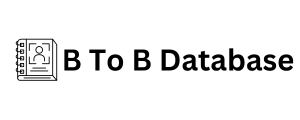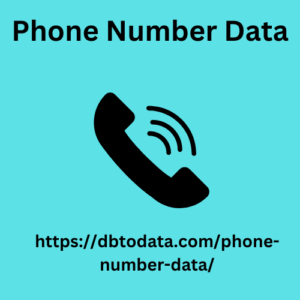Landing page on their own
Who want to buy right now. And who will convert on all ctas. Let’s use a b2b saas example. A high-intent visitor is someone who visits a via a direct visit. Branded paid search ad. Retargeting ad. Or organic search. And converts on a “book a demo” cta. A low-intent visitor is someone who visits a landing page via a display ad. An informational google search. Or a native audience on facebook. And has no intent to convert. If your cta doesn’t match your visitor’s conversion intent.
Unlikely that that conversion
It doesn’t matter what you split test on your Mexico Phone Number Data landing page—it won’t work. For example. If you’re asking cold display traffic to convert on your “book a demo” cta. It doesn’t matter what your headline says or hero graphic looks like—they’re unlikely to convert. And here’s the kicker: even if a conversion does happen. It’s extremely will actually lead to a sale. Why? Because the higher theand sales funnel. This is what ultimately leads to a sale.
When it comes to intent
Different channels signal different intent Greece Phone Number List levels. So step one of landing page testing is to ensure your traffic and ctas align with one another. At klientboost. They call this the ice cube and volcano scale: for example. Someone who’s (who isn’t part of any custom audience) clearly has a different intent than someone who searches for “gusto hr software demo” on google. That’s because on social you can target native audiences and retargeting audiences. And it’s not an intent channel like paid search is.







